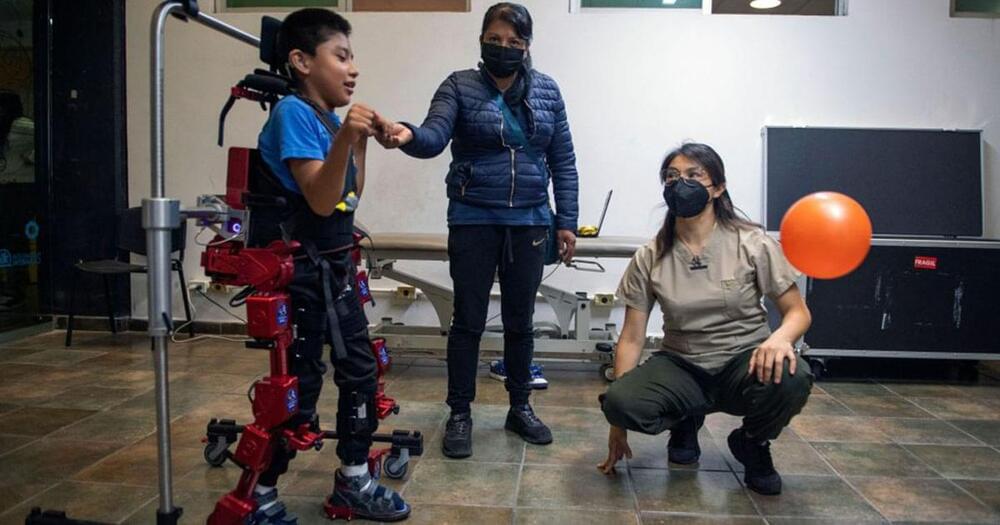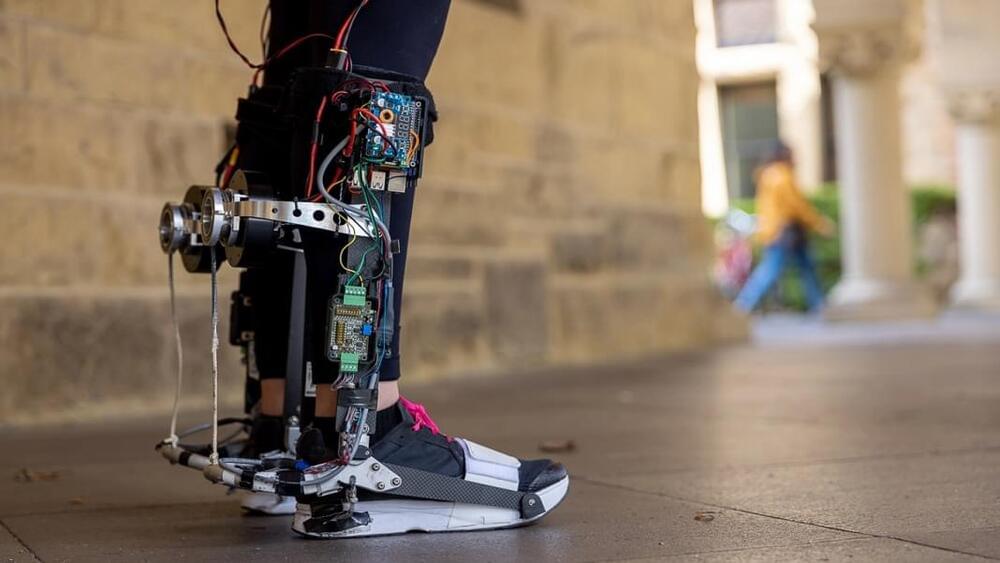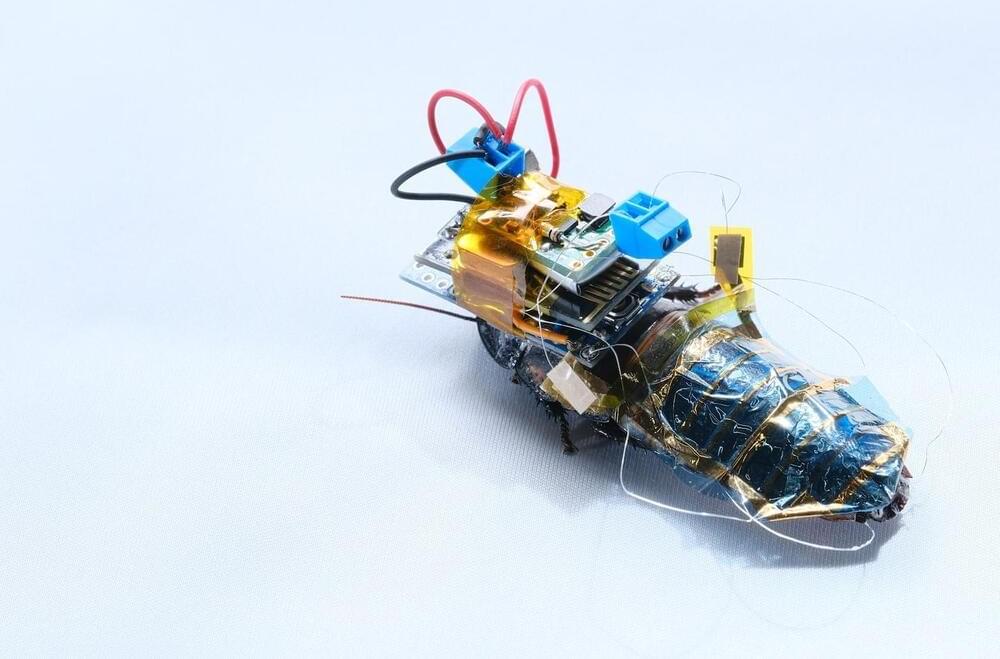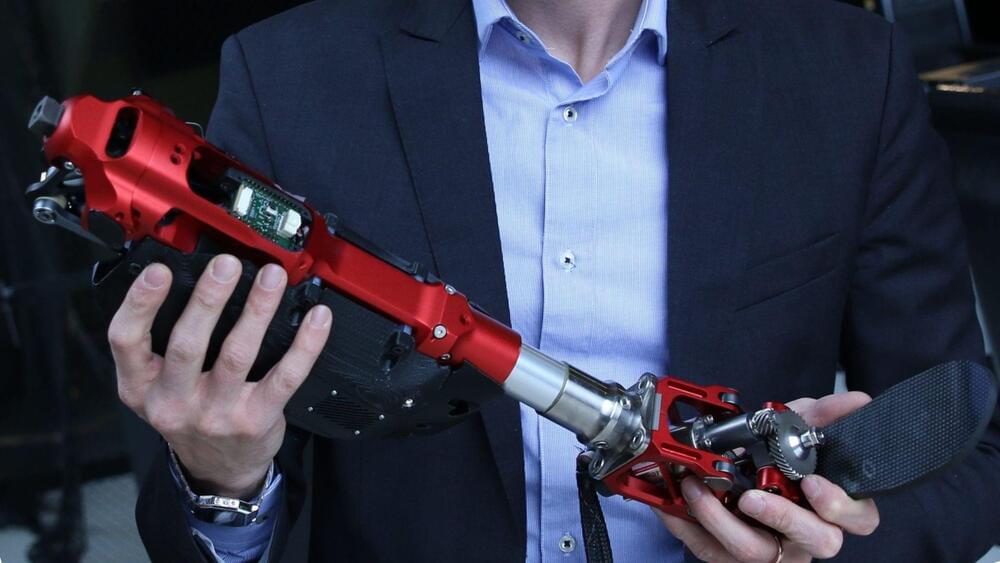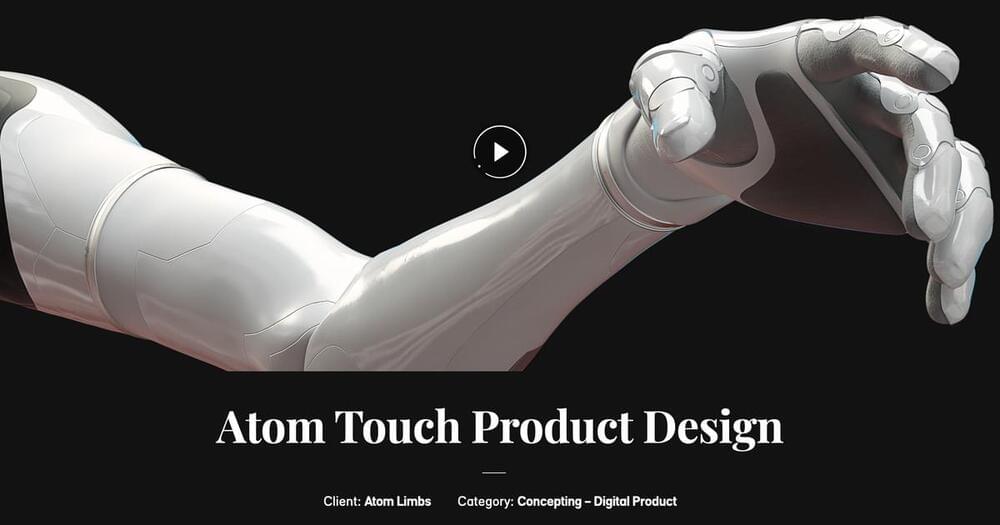Oct 29, 2022
Engineers light the way to nerve-operated prosthetics of the future
Posted by Dan Breeden in categories: biotech/medical, cyborgs, neuroscience
Biomedical and electrical engineers at UNSW Sydney have developed a new way to measure neural activity using light—rather than electricity—which could lead to a complete reimagining of medical technologies like nerve-operated prosthetics and brain-machine interfaces.
Professor François Ladouceur, with UNSW’s School of Electrical Engineering and Telecommunications, says the multi-disciplinary team has just demonstrated in the lab what it proved theoretically shortly before the pandemic: that sensors built using liquid crystal and integrated optics technologies—dubbed “optrodes”—can register nerve impulses in a living animal body.
Not only do these optrodes perform just as well as conventional electrodes—that use electricity to detect a nerve impulse—but they also address “very thorny issues that competing technologies cannot address,” says Prof. Ladouceur.



